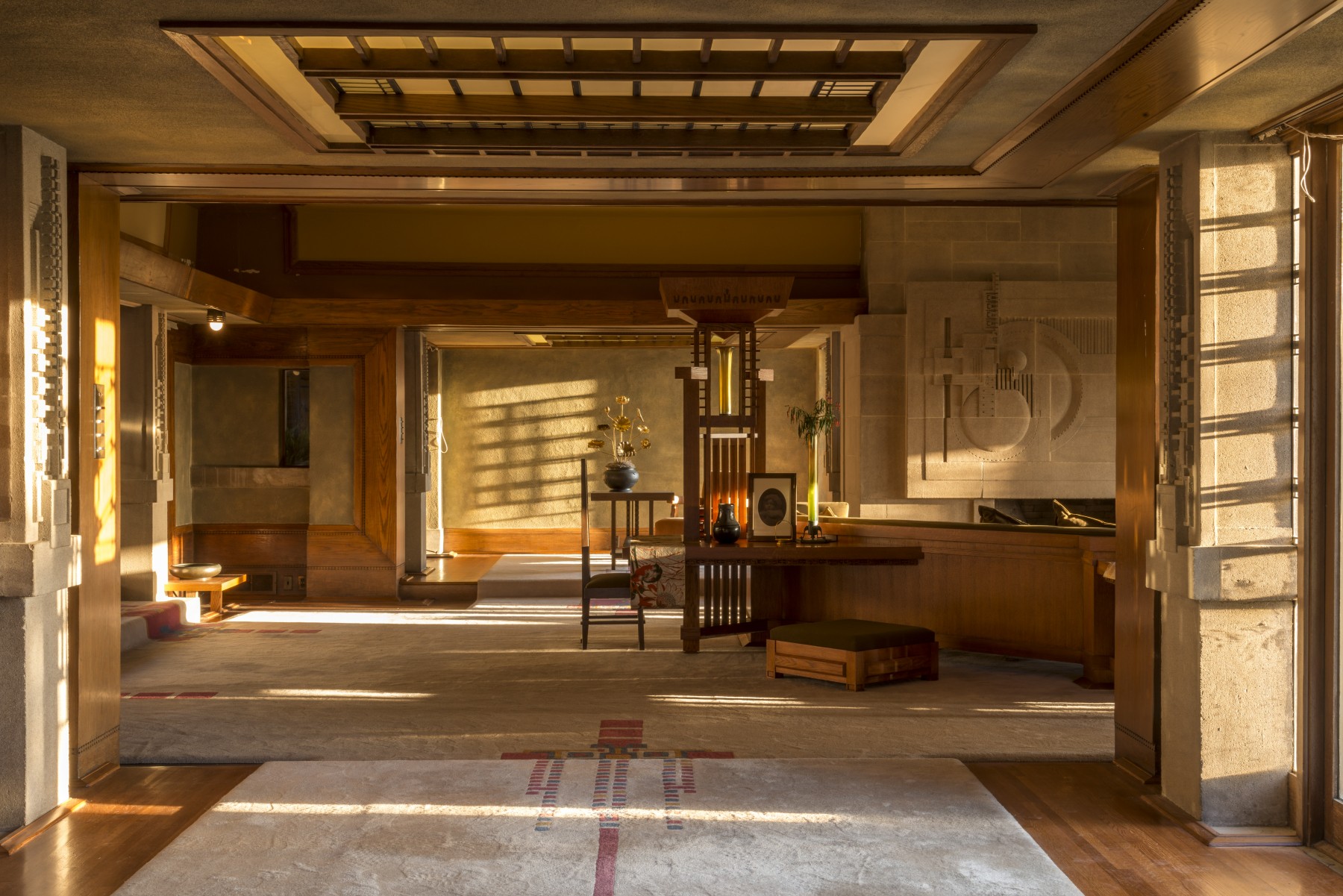As a genre, science-fiction has a unique ability to show humanity at its best and its worst, not only through the actions of its characters but through the world they live in. With a universe set in the future, whether it’s the near future or a distant, the storyteller is able to show us the summary result of the choices that we make as a species. Utopian futures have merit, but it’s the dystopian futures that seem to fascinate us the most. The futures where we’ve managed to screw everything up always seem that much more believable. There are few films that show us dystopia better than Ridley Scott’s 1982 masterpiece Blade Runner. Blade Runner showed us a horrible version of Los Angeles that was all the more unsettling thanks to the degree to which the production went to visually flesh out the design. The man responsible for this grim aesthetic is the visual futurist and concept artist, Syd Mead.

Sydney Jay Mead was born in Minnesota in 1933 and bounced around until he joined the army. After his three year stint in the military, he settled in Los Angeles and started his studies at the famous Art Center College of Design, then called the Art Center School. After his graduation in 1959 he was recruited to work for Ford at their Advanced Styling Studio where he stayed for two years before forging out on his own as an illustrator for catalogs and books. During this time he did work for notable clients such as US Steel, Allis-Chalmers and Atlas Cement. In 1970 he formed his own company, Syd Mead Inc and started doing work for companies like Phillips Electronics. Later in the 1970s, Mead began to produce architectural renderings for corporate clients. This helped pave the way toward his work in films, with the first being Star Trek: The Motion Picture followed by Blade Runner.

Another somewhat unique dystopia that Syd Mead had a hand in creating was Disney’s Tron. The idea of transporting a human being into a computer system was pretty revolutionary as it was, but how does one go about creating that world? While Mead wasn’t solely responsible for the overall design of the film, he did design the vehicles used in the film and his work frequently overlapped with French comic book artist Jean Giraud who was hired as Tron’s primary set and costume designer. Mead’s work on vehicles like the Light Cycle and the Solar Sailer in particular remain absolutely iconic to this day.

Mead continued to work on films throughout the 1980s and 90s with his work finding its way into films such as James Cameron’s Aliens and the sci-fi comedy Short Circuit. In 2004 Mead was asked to create a series of DVDs for the Gnomon Workshop, a Los Angeles-based for-profit school designed to get people into the visual effects industry. The DVDs, titled Techniques of Syd Mead, have remained incredibly popular. Mead is a regular speaker at design panels and regularly displays his artwork at galleries all over the world. Syd also continues to contribute his design work to films, with the most recent being the Matt Damon film Elysium and Disney’s Tomorrowland.
Mead’s work has become so important to the genre of science fiction that it’s almost impossible to imagine a fantastical future without seeing it through his lens. It helps to shape the real world too, with his unique take on what’s to come influencing the way we design buildings and transportation systems. Syd is in his 80s now but we hope he continues to produce great works that will fuel our imaginations for years to come.







